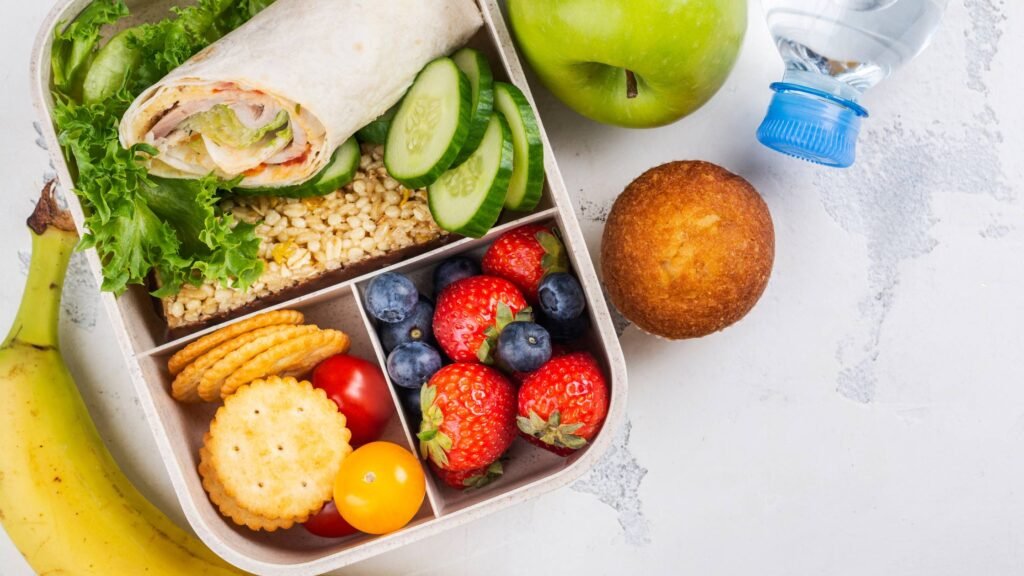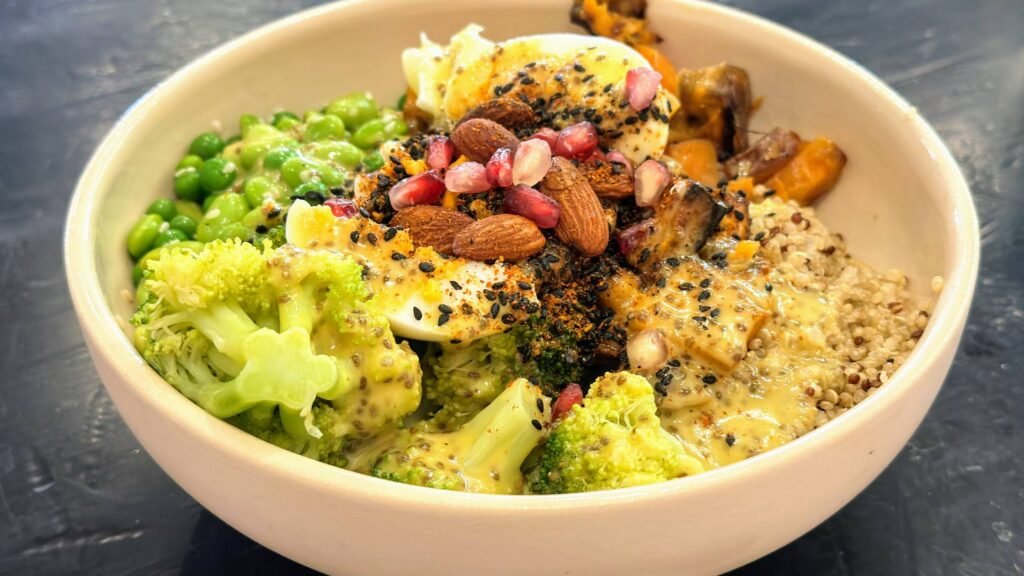Meal planning for weight loss doesn’t have to feel like a daunting, impossible task. In fact, many people get overwhelmed thinking they need to meticulously count every calorie, chop a hundred veggies, or spend hours in the kitchen each day.
But here’s the thing: it doesn’t have to be like that. With a little strategy and mindset shift, meal planning can be simple, effective, and sustainable. It’s all about making choices that work for you, your schedule, and your body.
12 Ways to Simplify Meal Planning for Weight Loss

So, let’s dive into 12 ways you can simplify meal planning for weight loss. These tips are practical, easy to implement, and focused on helping you make progress—no stress, no fuss.
1. Start with a Simple Framework
Many people think they need to go all-in right away.
They pull out all these fancy recipes, get confused with endless ingredients, and then give up before they even start. Here’s the deal—simplify your approach. Instead of overcomplicating it, create a basic framework. For example:
- Protein (chicken, fish, tofu, eggs, etc.)
- Veggies (broccoli, spinach, cauliflower, etc.)
- Carbs (brown rice, quinoa, sweet potatoes, etc.)
- Healthy Fats (avocado, olive oil, nuts, etc.)
Start with just these categories and mix and match your choices. Once you get comfortable, you can experiment more. But starting small makes it way less overwhelming.
2. Prep Ingredients, Not Meals
When it comes to meal planning for weight loss, many people think they need to prepare every single meal in advance.
But here’s the thing: you don’t need to have your lunch, dinner, and snacks all packed up in containers for the week. Instead, prep ingredients.
For example, chop your veggies, cook your grains, or grill your chicken. That way, when it’s time to cook, you can throw everything together quickly without spending too much time.
3. Embrace Batch Cooking
One of the most powerful ways to simplify meal planning for weight loss is to embrace batch cooking. Spend a couple of hours one day making larger portions of your go-to meals.
For example, cook a big pot of chili, stew, or roasted veggies. Then, portion it out for the week.
Not only does this save you time, but it ensures you have something healthy ready to go, preventing you from reaching for unhealthy options when you’re too tired to cook.
4. Use Simple, Quick Recipes
Don’t overthink recipes. Keep them simple and quick. Look for meals that require five ingredients or less or ones that can be cooked in 30 minutes or less.
The fewer steps, the better. Plus, you’ll be more likely to stick to your plan if the meals are straightforward and don’t require hours of effort.
5. Stock Your Pantry with Healthy Staples
A lot of people struggle with meal planning because they don’t have the right ingredients on hand. To prevent the “I don’t have anything to eat” moment, stock your pantry with healthy staples. Some must-haves include:
- Canned beans (great for protein)
- Brown rice, quinoa, and oats (whole grains)
- Canned tomatoes and broths (quick base for soups and stews)
- Frozen vegetables (no chopping required!)
- Spices and herbs (elevate any meal without extra calories)
With these essentials, you can throw together a healthy meal in no time.
6. Plan for Leftovers
Here’s a game-changer: plan to eat leftovers. If you cook a big batch of something for dinner, set aside a portion for lunch the next day.
This cuts down on your prep time and ensures you’re always eating healthy, home-cooked meals.
Many people forget that leftovers can be a huge time-saver in weight loss meal planning. Plus, it cuts down on food waste!
7. Use Meal Prep Containers
Let’s talk about meal prep containers. Investing in a set of stackable, portion-controlled containers can make all the difference in keeping your meals organized and ready to go.
Having your meals pre-portioned out helps prevent overeating, and it makes grabbing your lunch or dinner super easy.
You’ll feel like you’re on top of your meal planning game when you’ve got your meals neatly stacked in the fridge.
8. Keep Healthy Snacks Handy
One of the biggest mistakes people make when meal planning for weight loss is neglecting snacks.
If you don’t plan ahead, you’ll find yourself snacking on junk when hunger strikes. Instead, keep healthy snacks handy. Some great options include:
- Greek yogurt
- Baby carrots and hummus
- Almonds or walnuts
- Hard-boiled eggs
- Protein bars (low sugar!)
When you have these options ready to go, it’s easier to stay on track and avoid those mindless snack attacks.
9. Incorporate One-Pot Meals
Not a fan of doing a ton of dishes? I get it. One of the easiest ways to simplify meal planning is to focus on one-pot meals.
These are meals where everything cooks together, and you only need one pan or pot to clean afterward.
Think stir-fries, soups, and stews. You get a balanced meal with protein, veggies, and carbs, and you don’t have to worry about washing a mountain of dishes.
10. Use a Grocery List
You know those times when you wander around the grocery store with no plan? It’s easy to toss random things into your cart.
But without a solid plan, meal planning falls apart. The solution? Make a grocery list. Take a few minutes to write down what you need for the week based on your meal plan, and stick to it.
This helps you avoid impulse buys, saves money, and keeps your meals aligned with your weight loss goals.
11. Don’t Be Afraid to Repeat Meals
Many people feel like they need to have a new recipe every week, but that’s not necessary. Don’t be afraid to repeat meals.
In fact, eating the same meals a few times a week can make things easier. If you love a particular salad or stir-fry, don’t hesitate to make it again.
Not only does it simplify your shopping list, but you’ll also get better at making the meal faster and with less thought.
12. Make It Enjoyable
Meal planning doesn’t have to be a chore. In fact, if you make it enjoyable, you’ll be more likely to stick to it.
Put on some music, try new recipes, or involve your family or friends in the process.
Get creative with your meals, and don’t forget to treat yourself occasionally. This is a lifestyle, not a punishment, and making it fun can help you stay consistent.
Final Thoughts
Meal planning for weight loss doesn’t need to be complex or time-consuming. By following these 12 tips, you can make the process easier, more enjoyable, and ultimately more sustainable.
The key is to focus on simplicity, prep ahead, and keep your meals flexible. That way, you’ll stay on track with your weight loss goals without the stress of rigid meal plans.
Remember, consistency is the real secret to success. So don’t beat yourself up if things don’t go perfectly.
Embrace the journey, and keep working on making small improvements each week. You’ve got this!

